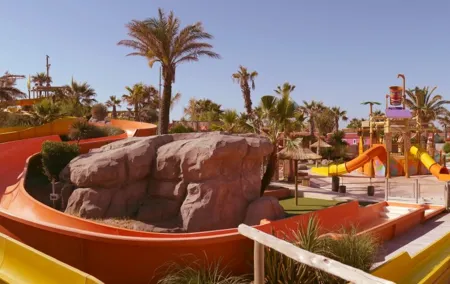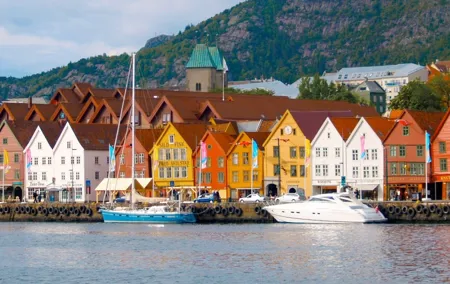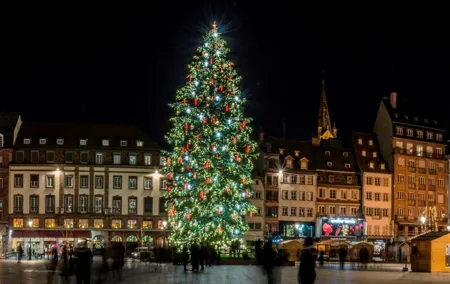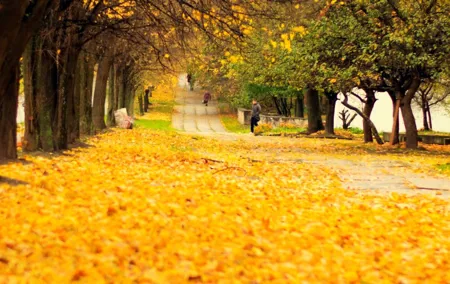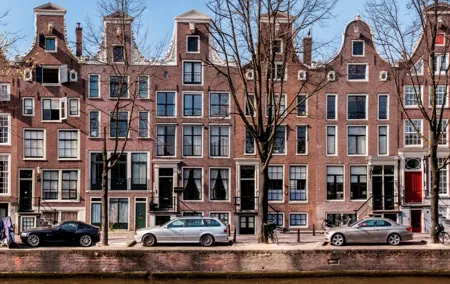Ancient castles and fortresses are silent witnesses to Ukraine's majestic past, pivotal historical events, and our country's rugged path to independence and self-determination. Each castle is a piece of a larger puzzle. By piecing it together, you begin to appreciate and love your country in new ways.
Palantok Castle
We'll start our overview of Ukrainian castles by talking about one of the most popular fortresses in our country. Palantok Castle is located in the tourist city of Mukachevo, in the Zakarpattia region. The exact construction date of the castle is unknown, but it is mentioned in documents from the 11th century. The fortress is situated on top of a small hill, 68 meters high, making it visible from any point in the city, and offering panoramic views of Mukachevo and its surroundings from its observation decks.
Palantok Castle is unique primarily due to its combination of several architectural styles and a special triple fortification system. Moreover, numerous hidden passages and secret cellars have been preserved within its grounds, where residents could hide from invaders. Over its existence, the castle has had many owners. During the era of the Austrian Empire's rule over these lands, Palantok became the strongest fortress in the region. Today, Mukachevo Castle is a popular tourist destination. It houses historical museums, and hosts themed events and exhibitions.
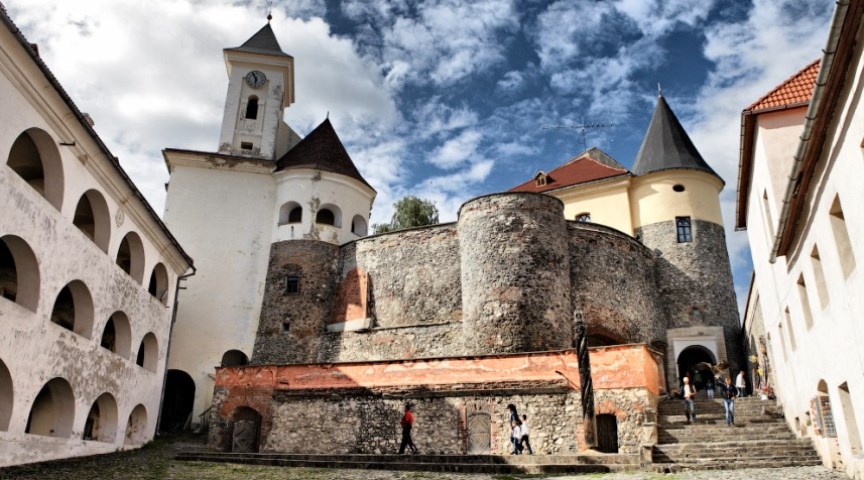
flickr / Andrei Dmitriev
Lutsk Castle
Lutsk Castle is the central landmark and the oldest structure in Lutsk, the center of the Volyn region. The fortress impresses with its scale and excellent condition, despite dating back to the 14th-15th centuries. This majestic structure is also known as the Upper Castle. Interestingly, the fortress in Lutsk won the "Seven Wonders of Ukraine" competition held in 2011.
The walls of Lutsk Castle once witnessed key economic, political, and religious decisions. For example, in 1429, a meeting of European monarchs discussing the coronation of Lithuanian Prince Vytautas took place here.
Visitors are particularly intrigued by the castle's outer wall, which is marked with inscriptions from different years. It turns out that the tradition of leaving marks has existed since the distant 15th century. The oldest inscription dates back to 1444. You can also find an inscription from Lesya Ukrainka's sister, "1891 Olga Kosach," on the wall.
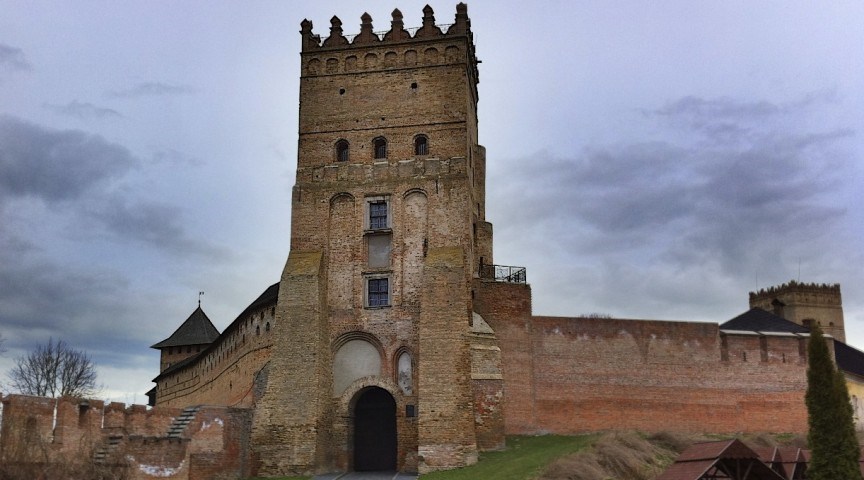
flickr / David Hulme
Bilhorod-Dnistrovskyi Fortress
Although Bilhorod-Dnistrovskyi, or Akkerman Fortress, is located 82 kilometers from the city, it is considered yet another must-see sight in Odesa that you must visit. It's best to dedicate an entire day to exploring the fortress, as you won't be able to leave this picturesque place after just one or even three hours. The first fortifications began appearing as early as the 4th century on the ruins of the ancient Greek city of Tyras. Some historians claim that the famous Greek poet Ovid visited the fortress.
Bilhorod-Dnistrovskyi Castle amazes with its power and monumental grandeur. The fortress has been excellently preserved to this day despite its coastal location, thanks to unique construction technology. At the time, the building mixture included unusual elements like millet, eggs, crushed marble, and flint. The fortress also contains a mysterious element called Tetrakayon, whose exact purpose remains unknown. The Citadel, with a complex of little-studied underground passages, occupies the central place in the structure.
In short, Bilhorod-Dnistrovskyi Fortress is definitely worth visiting, as it holds hundreds of ancient secrets within its walls.
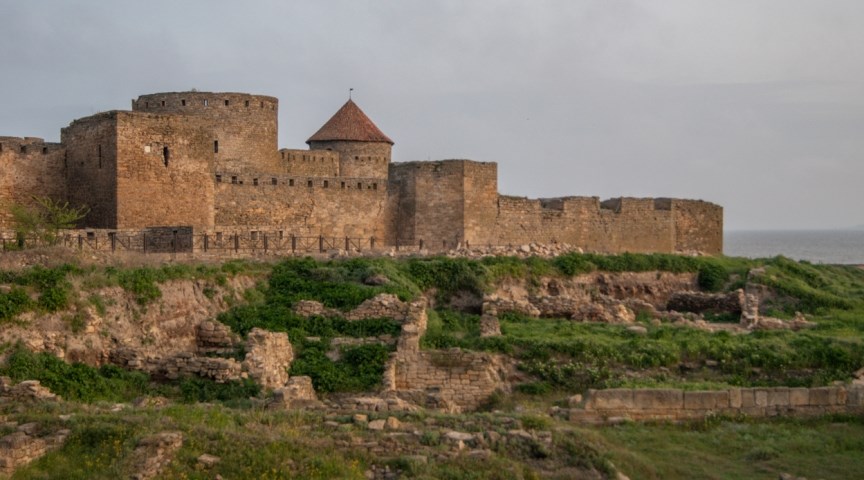
flickr / Kostiantyn Bondarenko
Berdychiv Castle
In the small town of Berdychiv in the Zhytomyr region, Berdychiv Castle stands out brightly against the backdrop of other local attractions. Built in the 16th century, it is a vivid example of the combination of medieval architecture and classical Baroque. Notably, this castle consists not only of fortifications; it also housed a monastery and a Catholic church. Today, the castle operates as a historic and cultural reserve.
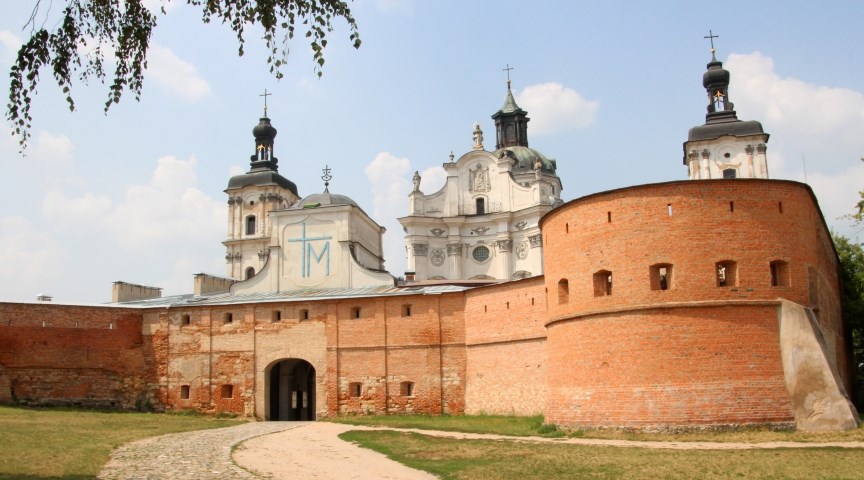
flickr / ADAM MUSIAŁ
Zbarazh Castle
This structure is located in the Ternopil region in the city of Zbarazh. The castle is an interesting historical heritage site due to its architecture and countless reconstructions and renovations resulting from constant wars and changes in ownership. The original version of the castle was built in 1393. Despite being surrounded by swamps on all sides, its defense system was fully equipped. The fortifications included casemate ramparts, a moat, and four bastions.
After World War II, the castle housed a NKVD prison, and earlier, in the 19th century, it was turned into a sugar factory. After the collapse of the USSR, a local history museum with a rich exhibition was organized on the castle grounds.
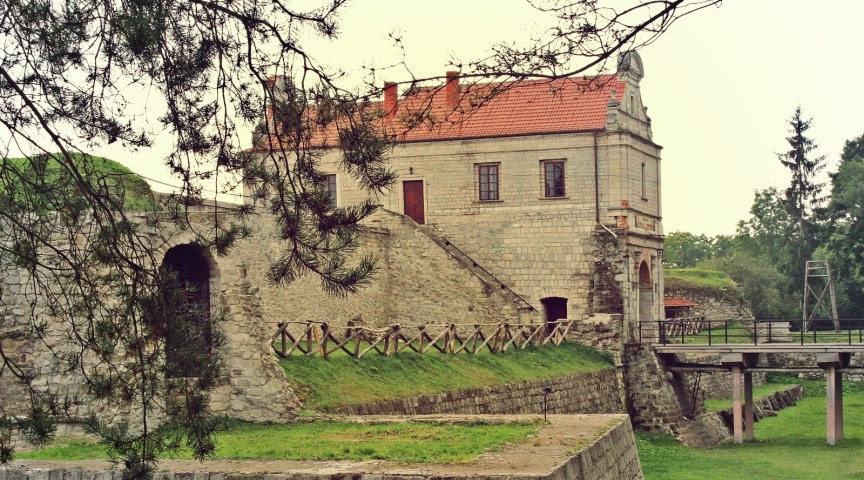
flickr / Anna Halysh
Zolochiv Castle
Over more than 500 years of its existence, Zolochiv Castle has served as a fortress, a noble residence, a royal palace, and an educational institution. Zolochiv Castle is located in the Lviv region. It is most convenient to reach it by excursion or regular bus, after spending the night in the City of the Lion. You can book a hotel in Lviv on our portal InTravel.net.
This castle is interesting for two reasons. First, it houses two residential buildings: the Chinese Palace and the Grand Palace. Additionally, Zolochiv Castle boasts an ancient sewer system that has been preserved to this day.
Today, the Grand Castle houses a museum with interesting exhibits. You can see ancient household items and works of art, and also gaze upon a replica of Danylo Halytskyi's crown.
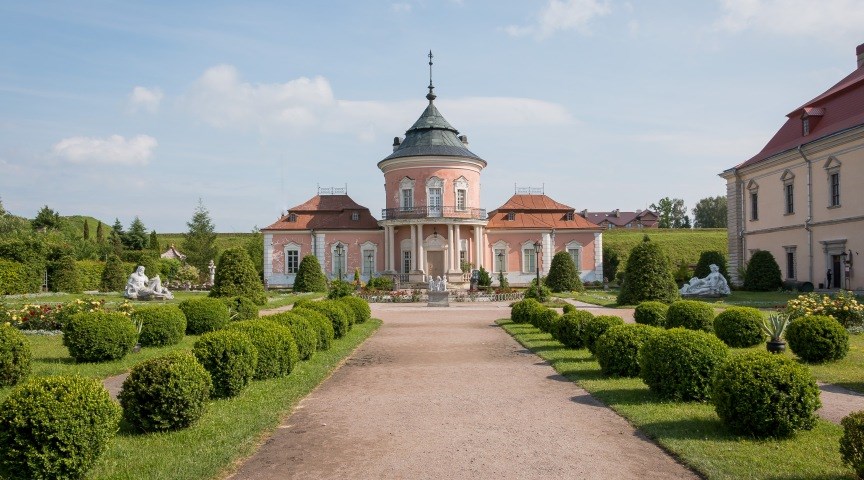
flickr / Oleg Mitkevych
Zhovkva Castle
Zhovkva Castle is a beautiful example of Renaissance architecture. Construction began in 1594. Interestingly, the castle was originally surrounded by a moat not only from the outside but also from the city side, making it even more protected. Unfortunately, these defensive structures have not survived to our days. Neither has the garden of Stanislav Zhovkva's wife, the castle's first owner, which was said to be of incredible beauty.
In 1706-1707, Peter I set up his field residence at Zhovkva Castle during the famous war with the Swedes. Hetman Ivan Mazepa also visited the castle. Today, tourists can visit the inner courtyard and museum. The rest of the buildings are under reconstruction. But even the small part is enough to feel the spirit of the great historical events that took place within these walls.
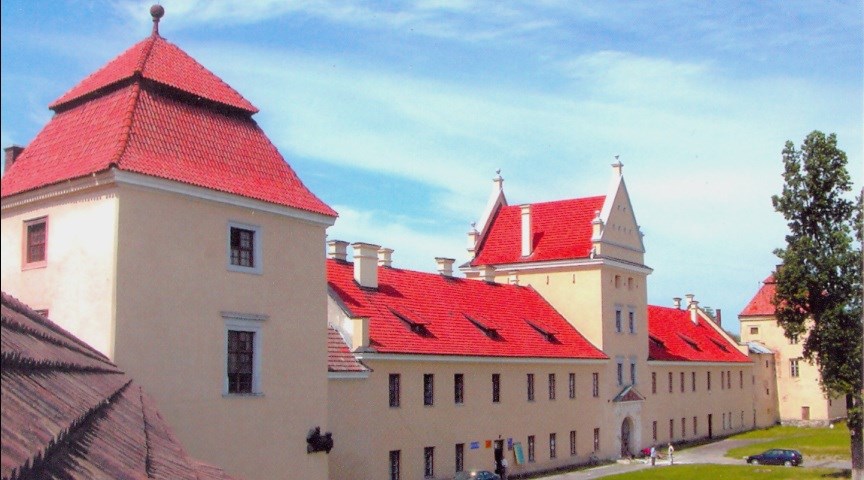
flickr / Anna Bogdanovskaya
The history of our country is so rich and interesting that it is impossible to fit an overview of all the beautiful castles of Ukraine into a single article. The diversity of ancient fortresses is simply astonishing. If you are intrigued by the historical heritage of Ukraine and castle architecture, we recommend checking out the second part of the article. There's even more interesting stuff ahead!

